Posts Tagged: Board Games
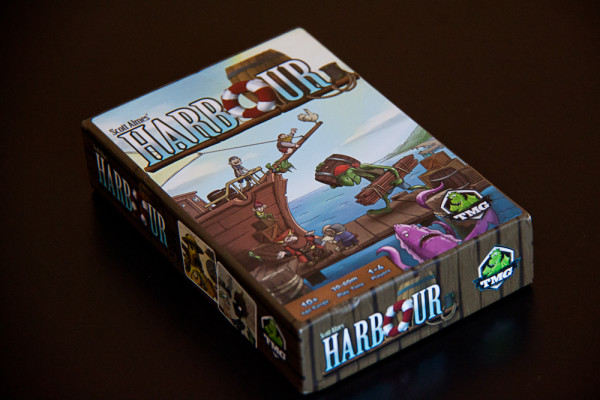
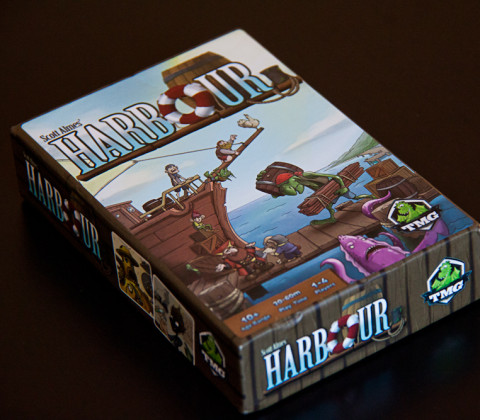
Harbour review: a silly serious brain burner
This particular generic fantasy harbour is filled with activity – giants loading huge crates of livestock onto ghost ships, enormous octopus chefs offering their clients delicious sushi, copper automatons whirring into motion to turn oaks into lumber. The air is alive with the calls of seagulls and the salty sea mist. If you pay close attention though – you can sense another smell – a smoky one. That would be brains burning as players strive to predict which goods will be in demand so that they can stockpile and sell it, staking their claim to victory. Want a tight, tense game that makes you think several turns ahead? Welcome to Harbour.
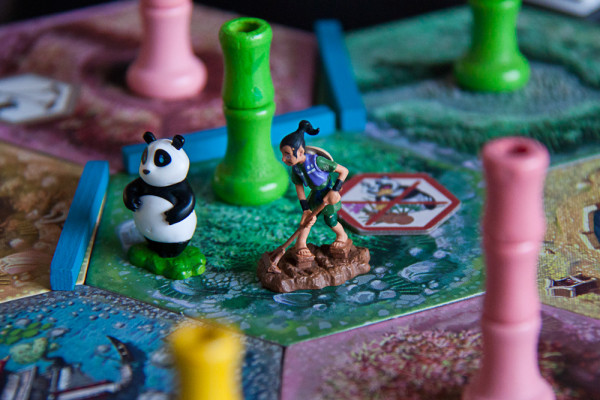
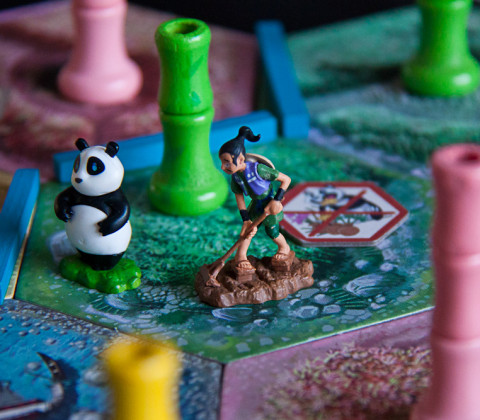
Takenoko : all zen no bite
Sometimes an experience just clicks. Every single aspect of it seems to be a drop filling a perfectly clear pond that reflects the sun just right. You are not going to look at what is at the bottom of the pond, think what it is that makes it so beautiful, or ponder (sorry) if you really wanted to be by this particular body of water. It will leave you completely satisfied – nothing extremely memorable or desire to immediately do it again, mind you – just a feeling that the time there was spent in just the right way. Want this experience in board game form? Get in the zen mode and break out the bamboo. You are about to play Takenoko.


Mobile Conquest : Smallworld 2 for Tablets Review
The ever-hungry pillaging halflings have just occupied these hills only to be driven out by the berserk dwarves looking to reclaim their lost mines. Are they going to be able to keep control of it or are the flying amazons going to swoop in to steal their territory? Hilarious fantasy race depictions get multiplied by a variety of special powers to create a multitude of conquest scenarios in Smallworld – a light strategy game perfect for your tablet.
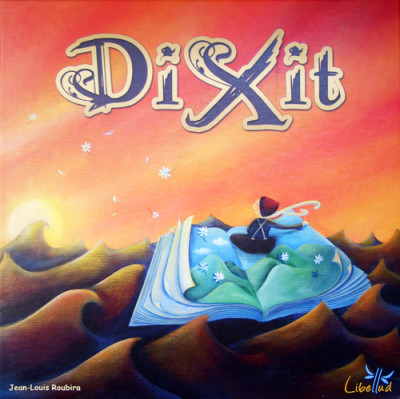
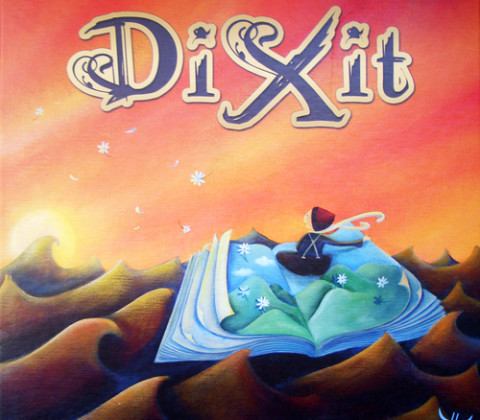
Dixit review – A world of wondrous whimsy
“All children are artists. The problem is how to remain an artist once you grow up” – Pablo Picasso.
How about you, dear reader? Have you grown up or does the fire of unbridled imagination burn in you still? The answer to this question is a single most important determinant if you will love Dixit to pieces or will want nothing to do with the silliness. I certainly hope it’s the former.


Five ways to get people to try games
I love my hobby for many reasons. The games are amazing and varied and contain all these shiny bits. They tell stories about 1930s investigators going insane and building of fantasy empires and making awesome sushi platters. There’s something in there for everyone — whether you want to solve a murder, play the terraforming mars expansion, or just stick to traditional Monopoly. They let you step away from the ever-present glare of a screen and unplug with a beverage of choice in hand. But most of all it is of course about people that you play with.
The interaction, the collaboration (or competition), the pure joy of engaging in a meaningful fun activity together is thrilling. It makes me feel closer to people and it makes me feel like we’re sharing an experience – something that might create an inside joke in the future or create a joking grudge to be invoked at a later date. I love playing games with people. So I always look for more ways to make people I know into people I play games with.
I have given a fair bit of thought to what makes people want or not want to try games and wanted to share these. While I think it’s important to show specific examples of games to illustrate my points – I’ll focus on general principles that I think will make your conversion efforts effective and fun. So without further ado – here are my Five Ways to Get People to Play Games.


Sushi Go review: a treat of a game
Sometimes less is more. And I’m not just talking bout size, as there were enough good things said about Tiny Epic series. The unassuming Sushi Go! from Gamewright spots a minimalistic game design with cute theme and adorable art. Packaged in a neat tin box, it delivers tons of fun in fast-paced, easy to pick up game with a winning charm and universal appeal.
